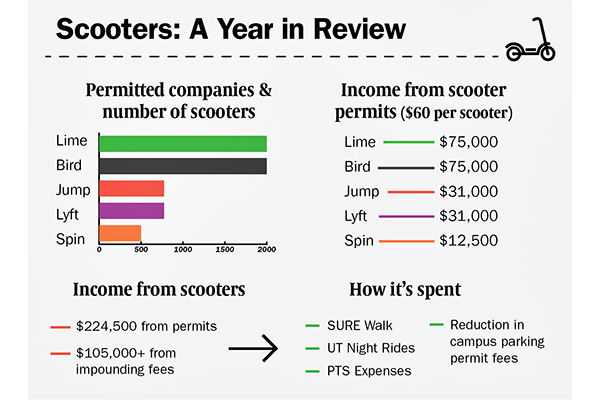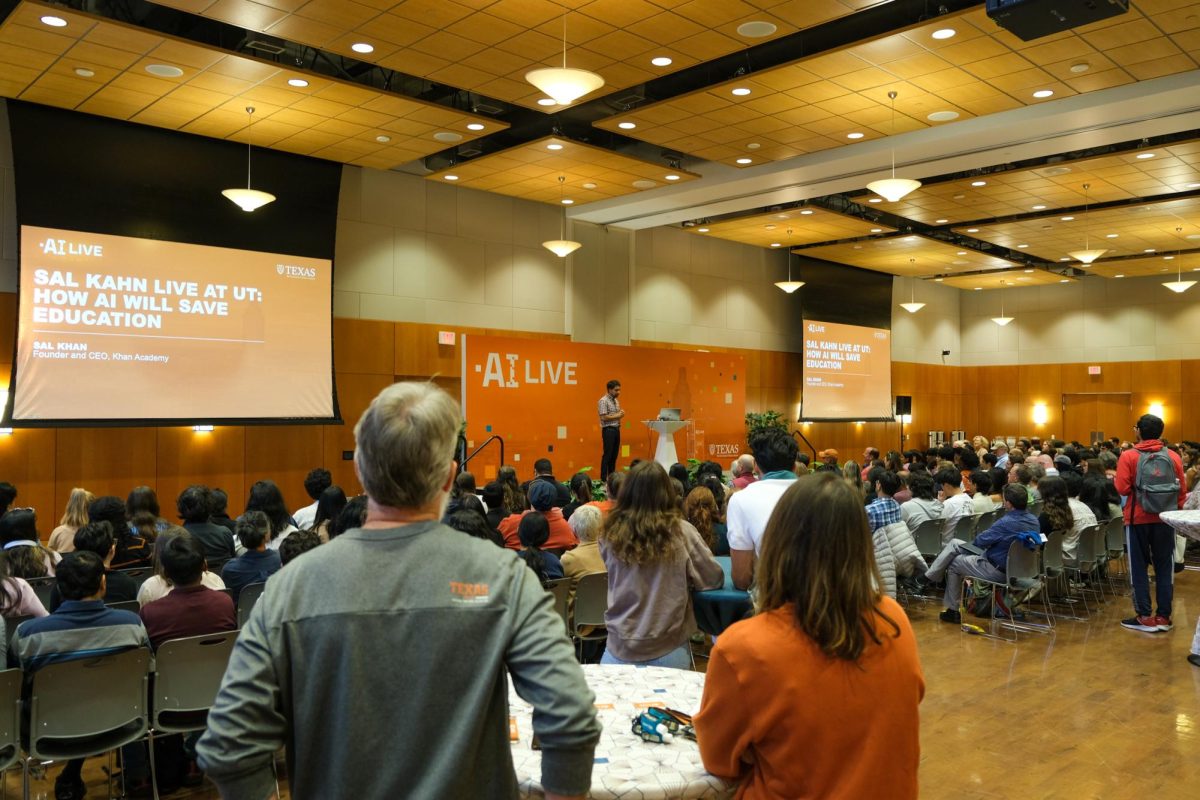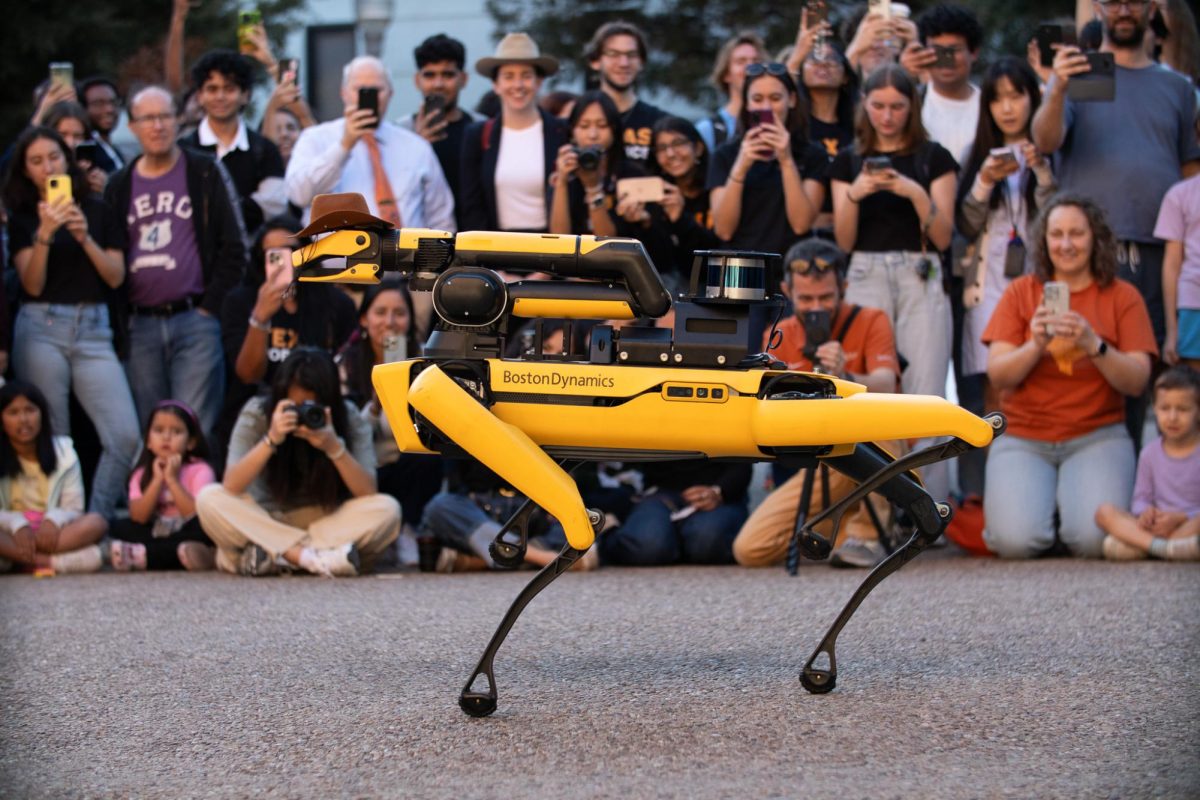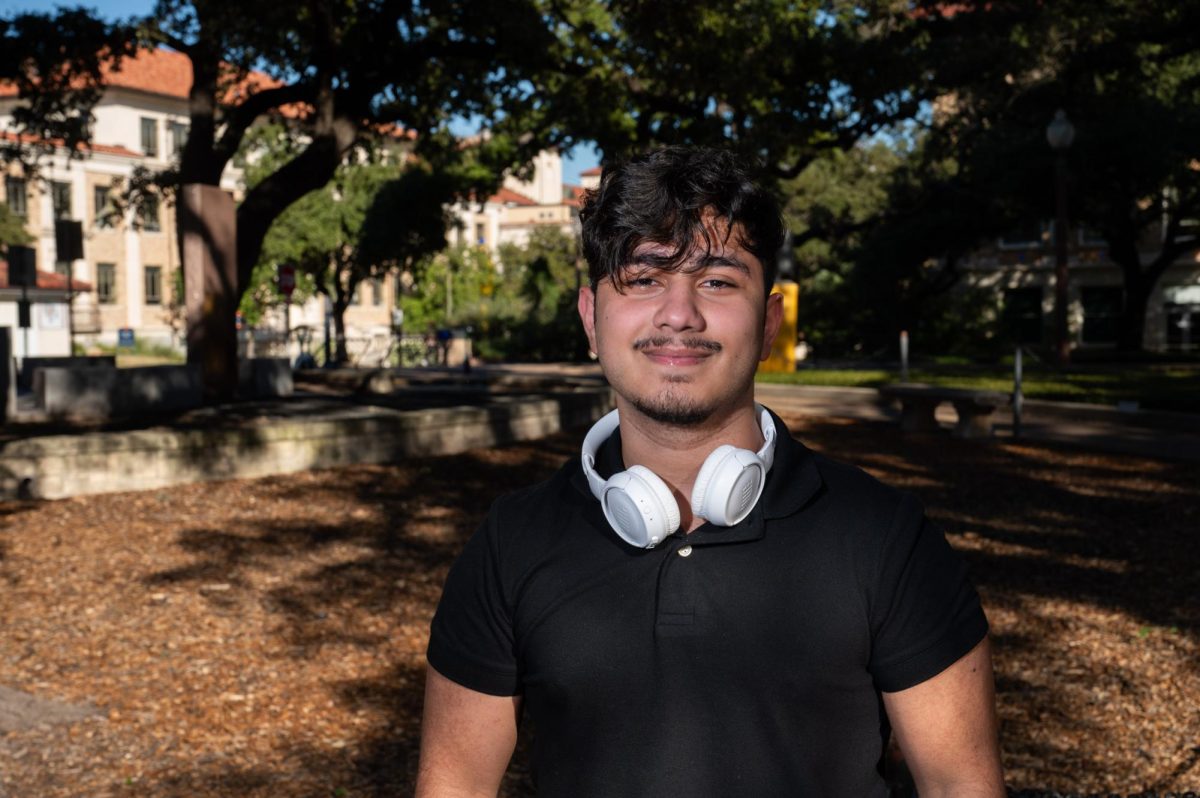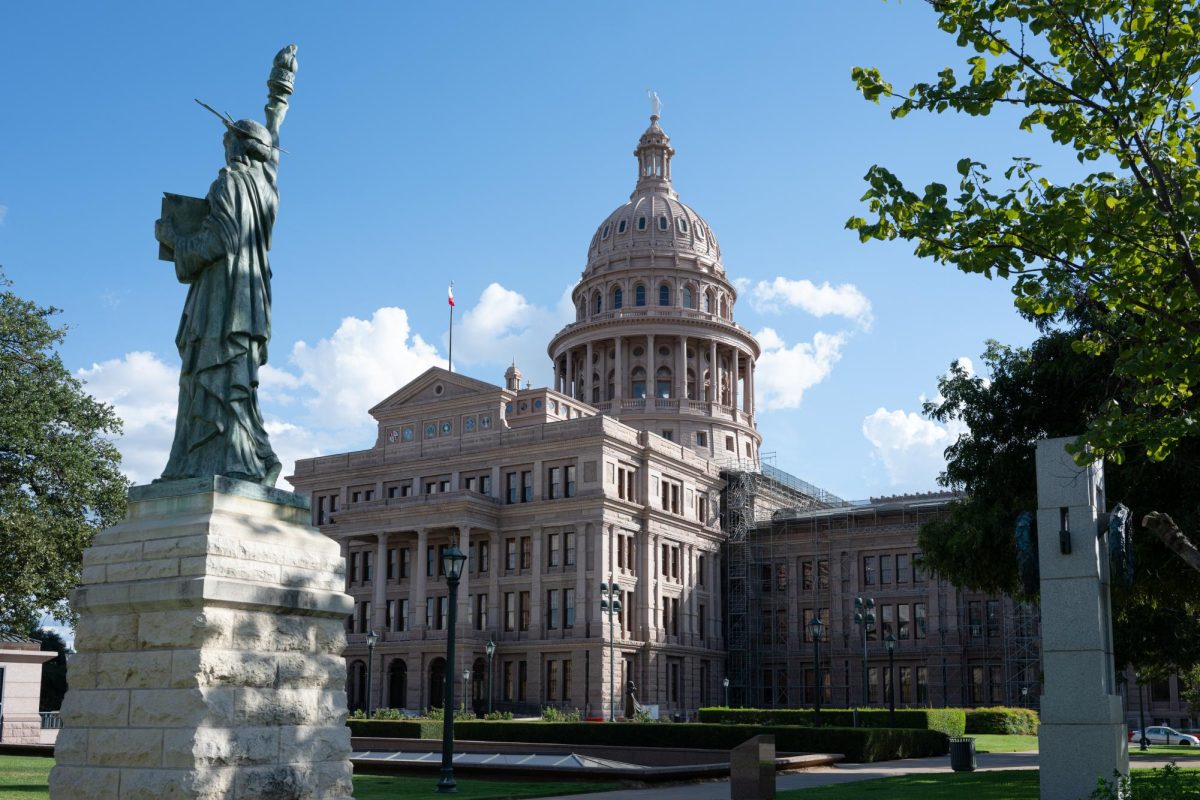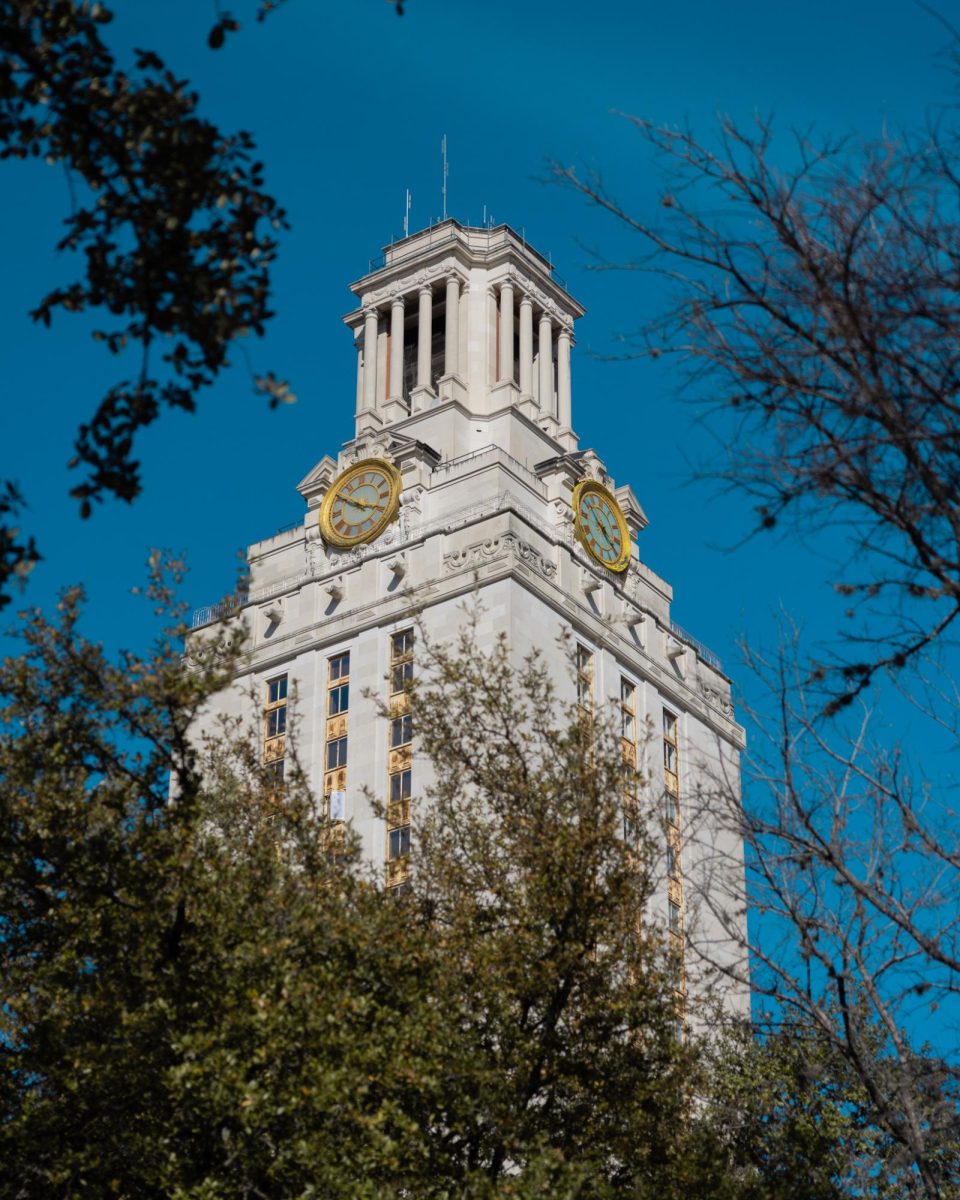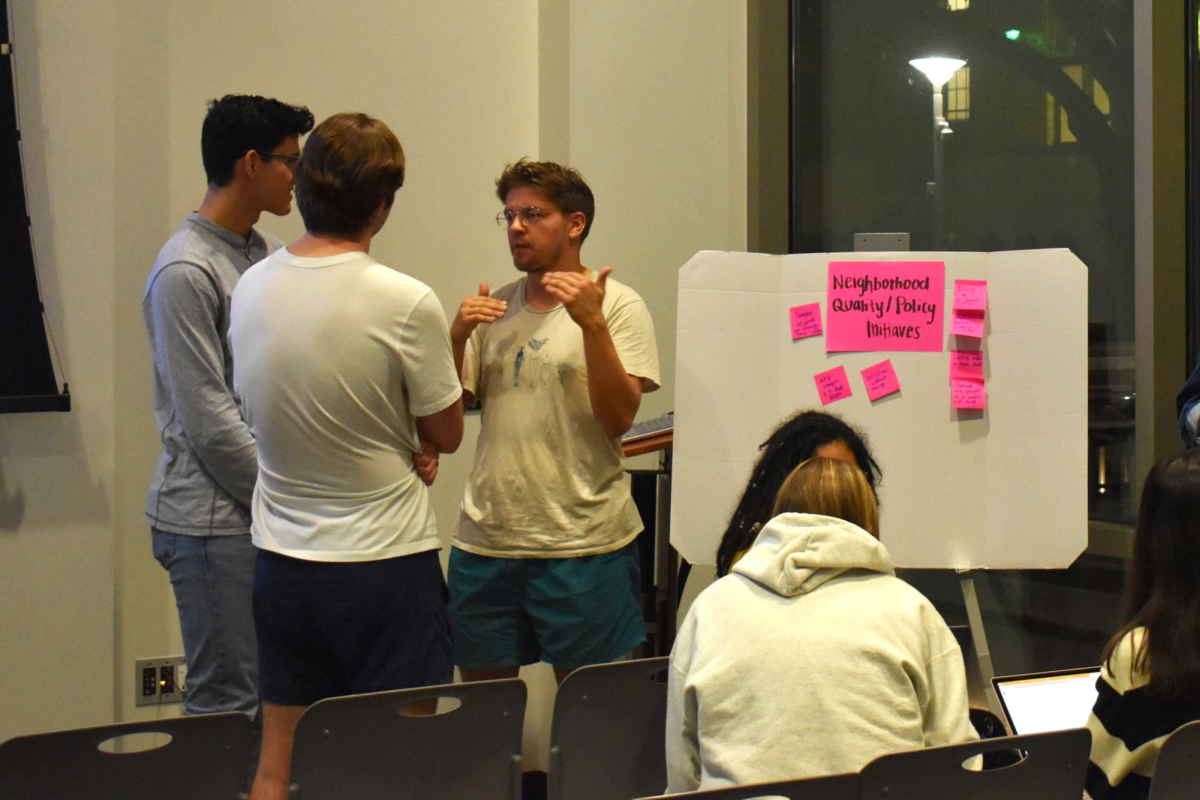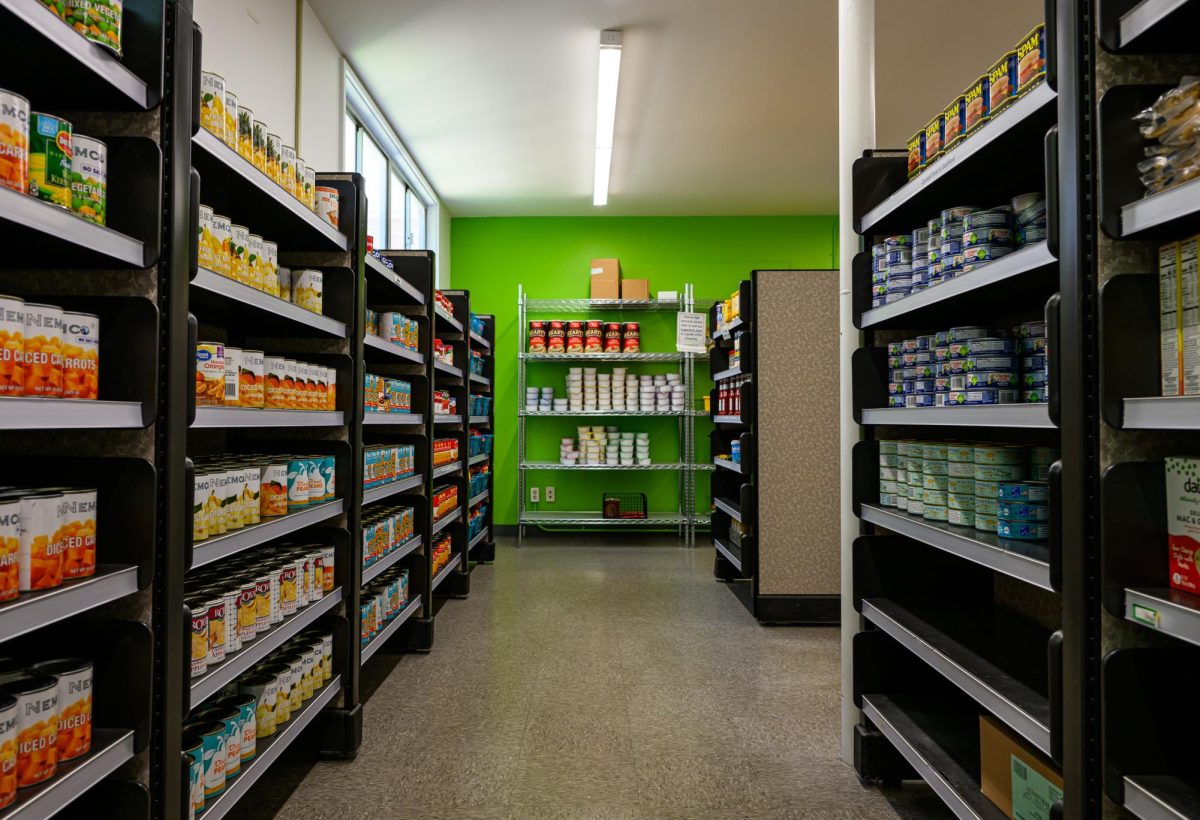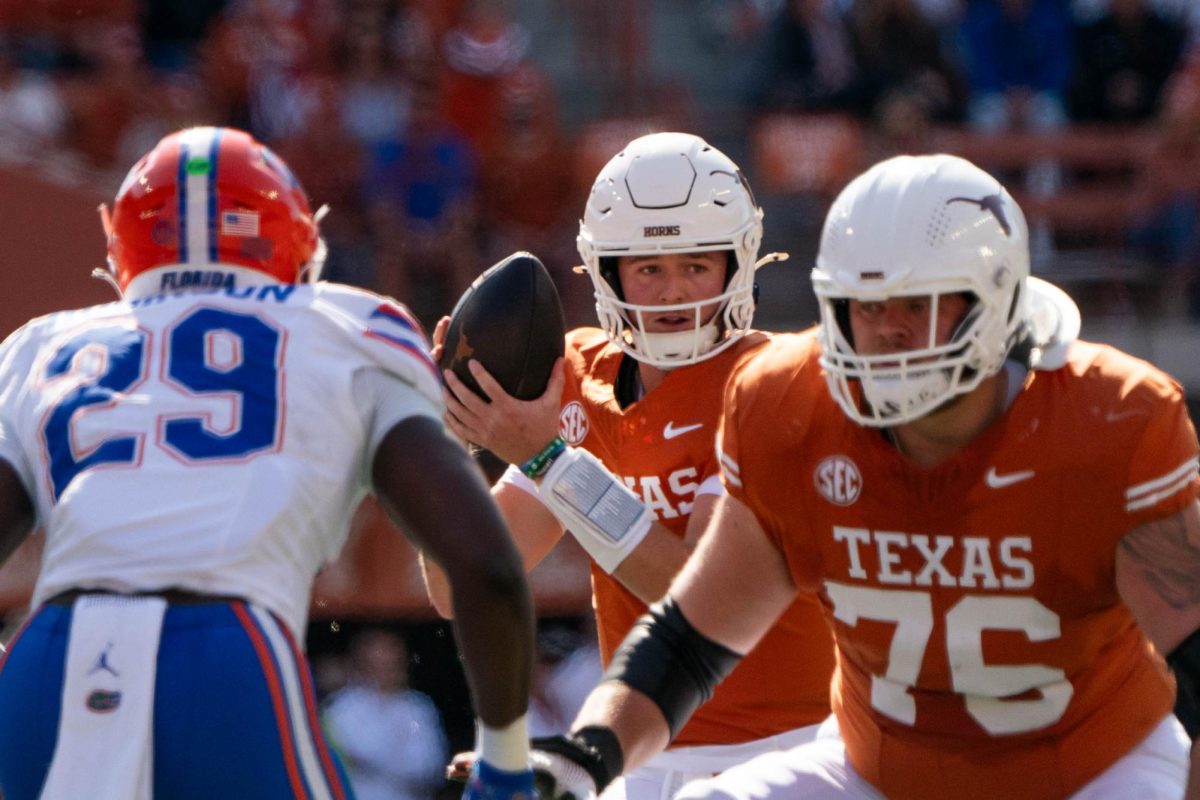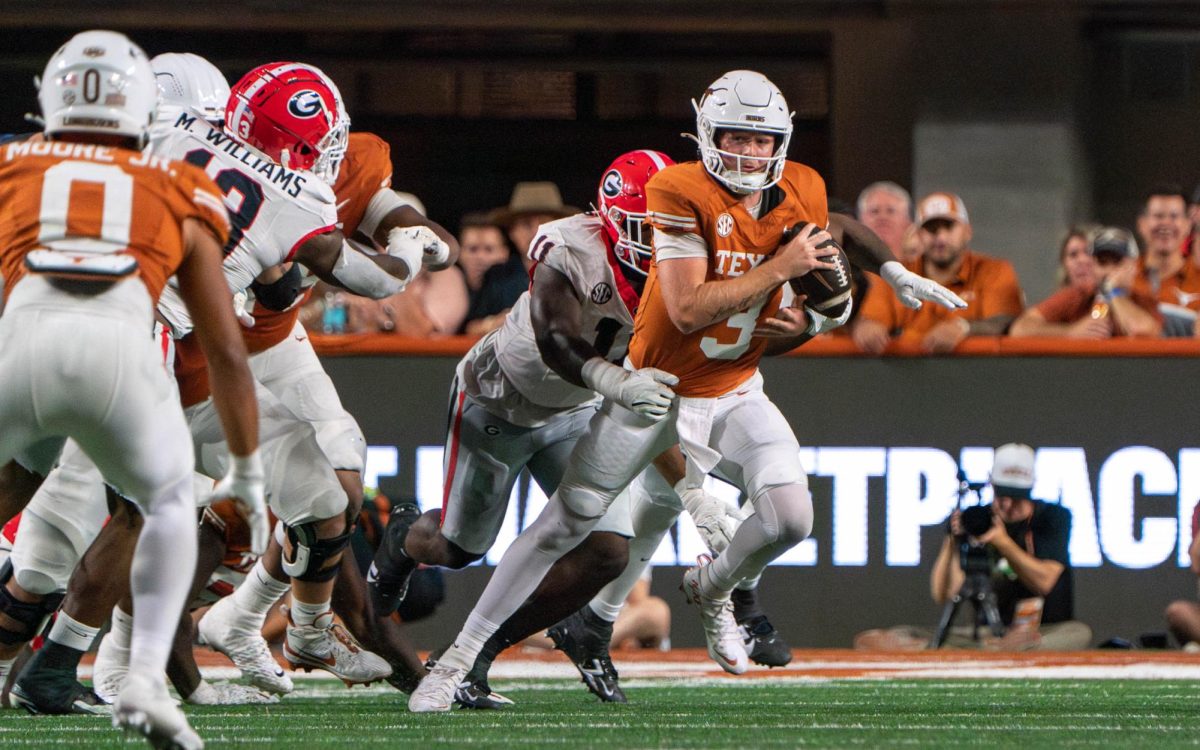More scooters on campus means more money for the Department of Parking and Transportation Services.
The department has made more than $329,500 from issuing permits to five scooter companies since April 2018. The department’s director Bobby Stone said when the department brings in extra income, in this case from scooters, they will first use it to cover the operation costs and then try to limit the cost of campus parking permits for students and faculty.
“We have to raise enough money from all of the things we do for us to at least breakeven at the end of the year,” Stone said. “So that could come from the scooter program, or it could from the permit prices or increases in daily rates in the garage.”
Stone said the extra income will also help fund UT Night Rides and SURE Walk.
More than 6,000 scooters have been permitted to operate on campus by Parking and Transportation Services from five different companies: Lime, Bird, Uber’s JUMP, Lyft and now Ford Motor
Company’s Spin.
Since the permits for scooters to operate on campus expire each year, parking services will continue to make almost $225,000 each year, assuming companies purchase the same number of scooter permits annually.
Stone said the number of scooters impounded per day has decreased since January. As of May, the department has impounded more than 700 improperly parked scooters on the semester. Parking and Transportation Services charges companies $150 when a scooter is impounded.
The first full year of scooters on campus will not end without challenges. Stone said areas such as Speedway are seeing heavy scooter traffic. Additionally, Stone said with so many scooters parked at the Perry-Castañeda Library, there’s little room for riders to park properly.
“There’s not a place left for (people) to leave (their scooters) without the potential of it being impounded,” Stone said.
The solution is not as simple as adding more parking. Stone said the area already parks hundreds of scooters at a time.
“People are reluctant for us to put bike racks in,” Stone said. “They want us to place things in a way that does not interfere with the purpose of the Speedway Mall, which is a gathering place for the University community.”
James Lentz, president of the UT Campus Bike Alliance, said he thinks the most logical place for parking services to spend the scooter money is on improving facilities for scooters such as bike lanes.
“There are also some issues with parking as well, as (scooters) are often crowding the bicycle racks,” civil engineering senior Lentz said. “There are a lot other options on campus besides leaving them willy-nilly where bicycles are.”
Biochemistry freshman Rushil Balkundi said he’d like to see an equivalent of bike racks for scooters besides the painted scooter parking zones transportation services created around campus.
“I might be someone who needs the space to park my bike, and I don’t want it to be taken up by scooters,” Balkundi said. “Maybe have (bike rack-like parking) for scooters to separate bikes and scooters out.”
Stone said while Parking and Transportation Services’ current handling of scooters is not perfect, the department has made great strides from where they started last spring.
“You can never say nothing’s going to change,” Stone said. “But at this particular moment, everything is running pretty well.”

